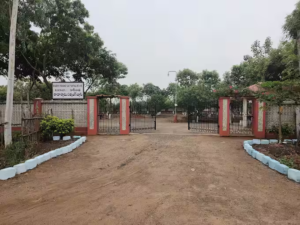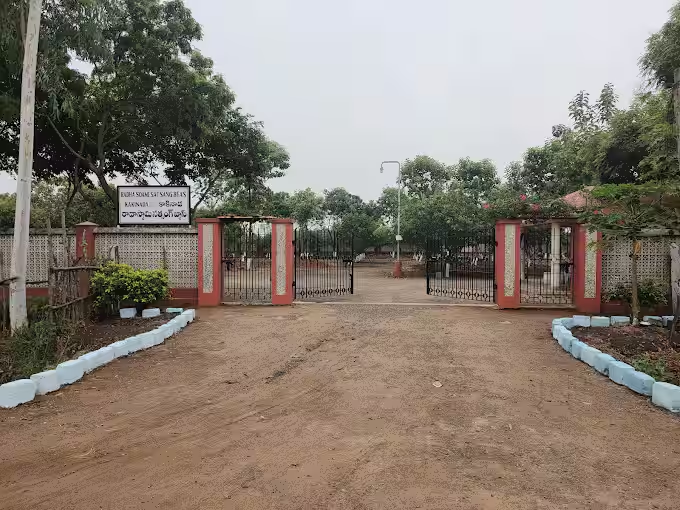Meta Description:
Discover the rich handicraft traditions of Anakapalli, Andhra Pradesh. Explore the skilled artisans, unique crafts, and cultural heritage that make this coastal town a hidden gem of artistic expression.
Table of Contents
- Introduction
- The Cultural Heritage of Anakapalli
- Notable Handicrafts of the Region
- The Artisans Behind the Craft
- Markets and Craft Centers
- Challenges Faced by Artisans
- Government and NGO Initiatives
- The Future of Anakapalli’s Craft Heritage
- Promoting Handicrafts Through Tourism
- Conclusion
Introduction
Nestled along the coastal belt of Andhra Pradesh, Anakapalli is widely known for its jaggery market. However, few realize that this vibrant town is also home to a lesser-known yet equally rich tradition of handicrafts. These crafts are not just creative expressions but living traditions passed down through generations. The story of Anakapalli’s artisans is one of resilience, heritage, and quiet mastery.
The Cultural Heritage of Anakapalli
Anakapalli has long been influenced by coastal trade and cultural exchange, resulting in a dynamic blend of styles and artistic expressions. From textiles to woodcraft, the local craftsmanship reflects both native Dravidian styles and subtle influences from maritime trade. Festivals and rituals continue to be deeply intertwined with the crafts produced here, giving them both cultural and spiritual significance.

https://images.app.goo.gl/asDbjyn98UTTeUwU7
Notable Handicrafts of the Region
While Anakapalli is not yet a national hub for crafts, it holds a treasure trove of regional specialties. Among them, handwoven cotton textiles stand out. Woven on traditional looms, these fabrics are known for their simplicity, comfort, and earthy charm. There’s also intricate wood carving, often seen in temple décor and household items. Clay pottery, including terracotta lamps and figurines, is another thriving craft in nearby rural pockets.
Palm leaf weaving is a traditional art still practiced in some villages of the Anakapalli district. Artisans craft utility items like baskets, mats, and fans from dried palm leaves. These items are eco-friendly and beautiful, often used in both rural homes and urban décor.
The Artisans Behind the Craft
Behind every craft lies the skill and dedication of an artisan. In Anakapalli, many of these artisans come from families that have practiced their trades for generations. Their homes often double as workshops, where family members work together to produce intricate goods. What sets them apart is not only technical expertise but a deep-rooted sense of identity tied to their work.
Women, in particular, play a significant role in craft production, especially in weaving and clay modeling. In small self-help groups, they sustain their families while keeping heritage alive.
Markets and Craft Centers
Traditional markets in Anakapalli town offer glimpses into the region’s craft ecosystem. Weekly shandies (rural markets) often showcase a mix of goods—from everyday items to handmade wares. Local fairs, particularly during festivals like Sankranti and Ugadi, are lively venues for artisans to sell their goods directly to customers.
While there are no large craft emporiums, smaller outlets and cooperative stores supported by local government occasionally feature handcrafted items. Nearby Visakhapatnam also provides a broader market for selling Anakapalli’s crafts.

https://images.app.goo.gl/AddPuTExrvEXFk1u7
Challenges Faced by Artisans
Despite their talent and cultural importance, Anakapalli’s artisans face a number of challenges. Inconsistent demand, lack of modern marketing strategies, and competition from machine-made goods have made survival difficult. Younger generations often opt for urban employment, leading to a decline in traditional knowledge transfer.
Raw material scarcity and inadequate access to financial aid further hamper artisans. Many operate informally, without registration or access to schemes that could support their growth.
Government and NGO Initiatives
Several government and non-governmental organizations have started to take note of the region’s artisan potential. Programs like skill development workshops and financial inclusion through Self Help Groups have created modest inroads. The Andhra Pradesh State Handicrafts Development Corporation has occasionally featured local crafts in exhibitions, giving artisans a platform for exposure.
NGOs focusing on rural livelihood development are also helping with digital literacy and e-commerce training, aiming to bridge the urban-rural divide and connect artisans to wider markets.
The Future of Anakapalli’s Craft Heritage
With thoughtful intervention, Anakapalli’s handicraft sector has the potential to become a vital part of both its economy and cultural identity. Branding and certification for products, such as Geographical Indication (GI) tags, could provide much-needed recognition. Digital platforms can help artisans reach customers beyond geographical limitations.
Youth engagement will be critical. Introducing craft-based education in schools and facilitating apprenticeships could ignite interest in heritage preservation while offering sustainable employment.
Promoting Handicrafts Through Tourism
Craft-based tourism is an emerging trend that could benefit Anakapalli significantly. Guided tours of artisan villages, interactive workshops, and craft fairs can provide immersive experiences for visitors while offering artisans direct income and recognition. The district’s scenic landscapes and proximity to Visakhapatnam make it an attractive destination for cultural tourism.
Conclusion
Anakapalli’s handicrafts are more than artifacts; they are stories told through texture, color, and technique. They reflect the spirit of a people quietly preserving their heritage against the odds. By recognizing and supporting these artisans, we not only protect a cultural legacy but also empower communities. The future of Anakapalli’s crafts depends on both appreciation and action—from locals, travelers, and policymakers alike.










